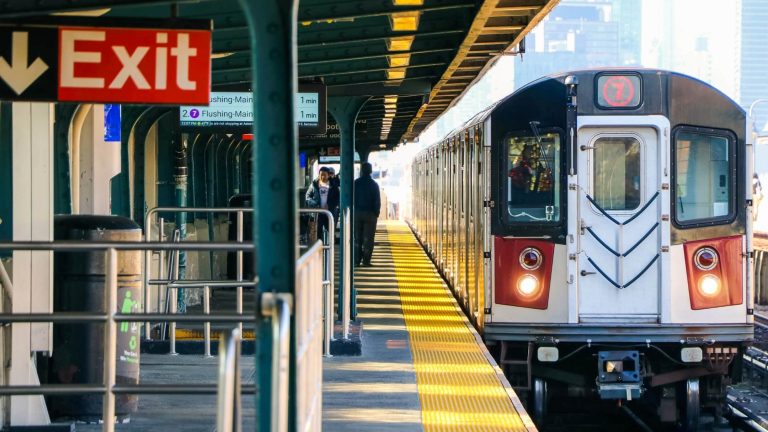Pain Points Addressed
Addressing pain points related to pantograph erosion, pantograph lifespan, rail infrastructure, feature detection, data labeling, and digitalization within the monitoring system.
The pantograph, a critical component in ensuring error-free overhead line operation, significantly impacts rail infrastructure functionality. An alarming increase in pantograph erosion in Sydney has prompted concerns about subpar quality and short lifespans, leading to frequent replacements and repairs.
In various locations, the Pantograph-Catenary interaction system faces a critical challenge with excessive wear on the pantograph’s carbon strip, resulting in frequent replacements. To address this issue, a simulation of the pantograph-catenary interaction in the NWRL project is essential. A mathematical model or digital twin is developed to categorize normal and abnormal vibrations during this interaction. Through simulation and analyzed data, established thresholds enable the identification of vibrations based on catenary design and line defects. This systematic approach aids in pinpointing the root cause and ensures a comprehensive understanding of the Pantograph-Catenary interaction system in the NWRL project.
Further, the implications of a short pantograph lifespan on providers and railway infrastructure are explored. Frequent pantograph replacements can lead to severe infrastructure damage and substantial financial costs for railway companies. Additionally, the constant replacement of pantographs disrupts train activities due to the need for train closures during installation.
Previous Client Solution
The current industry solution involves deploying measurement devices to analyze infrastructure design and identify deviations from the primary plan. This approach helps detect problems caused by technicians, but it falls short when the design itself is flawed. In such cases, fixing the issue requires modifications to catenary-pantograph designs, highlighting the need for a more comprehensive and proactive solution.
Another solution which is implemented by some infrastructure companies is using monitoring devices such as laser and sensors to control and gather data. The idea that generated the monitoring solution instead of measurement was the possibility of existing a hidden parameter such as stiff point which could be detected in monitoring.
Therefore, they decided to add monitoring through sensors instead of merely measuring the infrastructure and compare it to the primary design.
In addition, measurement solution is incapable of detecting the problem or pantograph erosion in various conditions including temperature fluctuation, environmental factors and fast flow of the line. This is when monitoring solution enters and starts to analyze pantograph and catenary interaction constantly during all sorts of conditions.
However, even monitoring is unable to fix the problem due to the difficulty of interpreting the gathered data. In measurement the data were clear and easy to elaborate but not efficient.
On the contrary, monitoring’s data were more efficient and reliable but difficult to understand and use effectively.
Our Solution: How our solution works and fits into the problem?
Pantohealth solution relies mostly on interpreting the data gathered from the monitoring. Pantohealth provides a panel that is able to simulate the most critical points or abnormalities. This simulation is modeled based on the measurement data and infrastructure plan. After that, Simulated model of abnormalities is compared to monitoring data to check unusual and malformed patterns.
In this way, pantohealth panel is capable to model problematic abnormalities that are difficult to monitor and analyze. Therefore, instead of dealing with countless amount of enigmatic monitoring data, pantohealth solution enables observing abnormalities and modifying them on a clear and informative platform.
Results and Impact
It was mentioned before how pantohealth simulation can alleviate the problem of analyzing monitoring data, but what is the next step?
The next step is finding the normal pattern of the path by simulating the monitoring data and rail design. The question that arises here is that how do we know that which patterns are normal?
